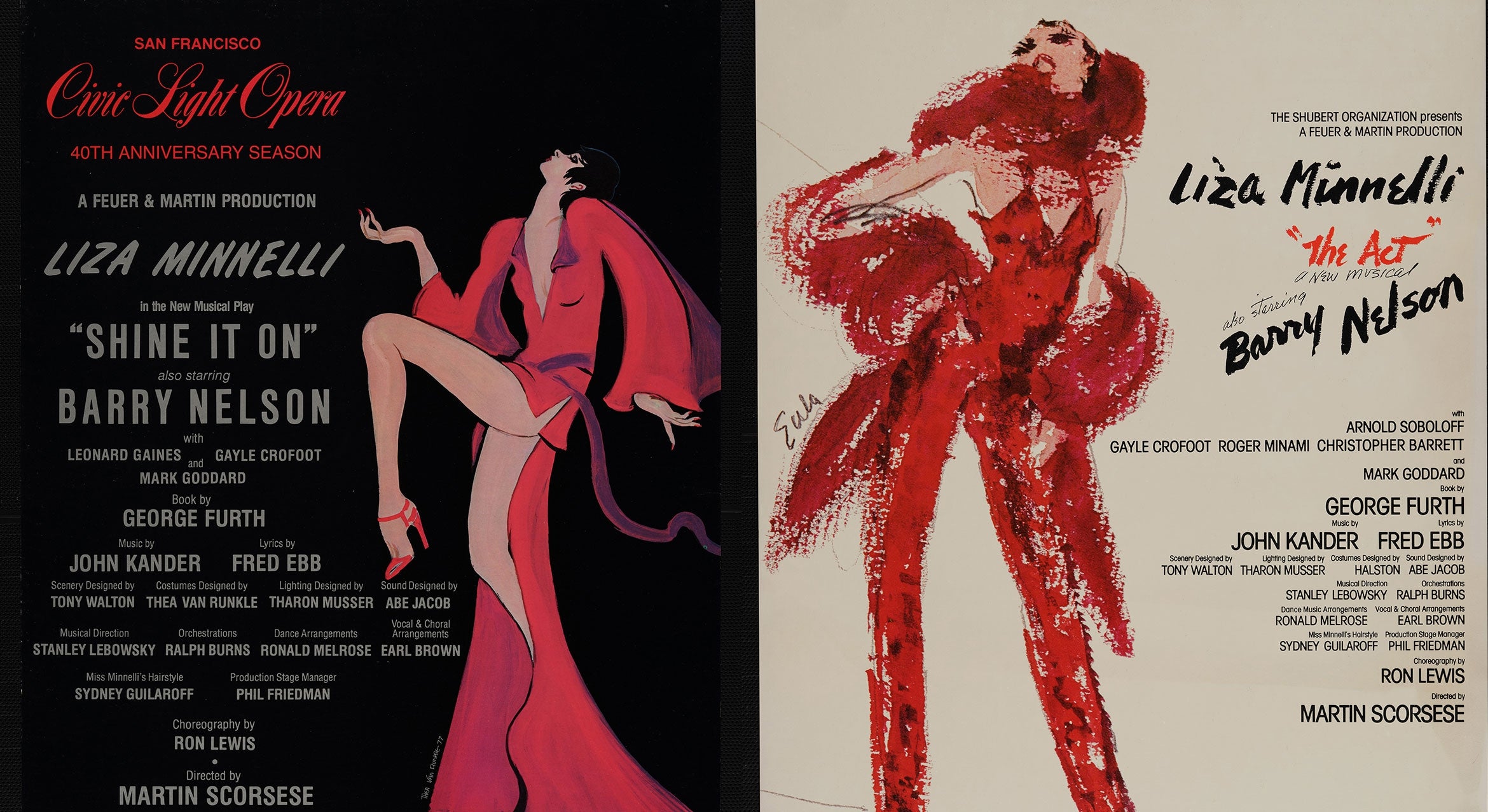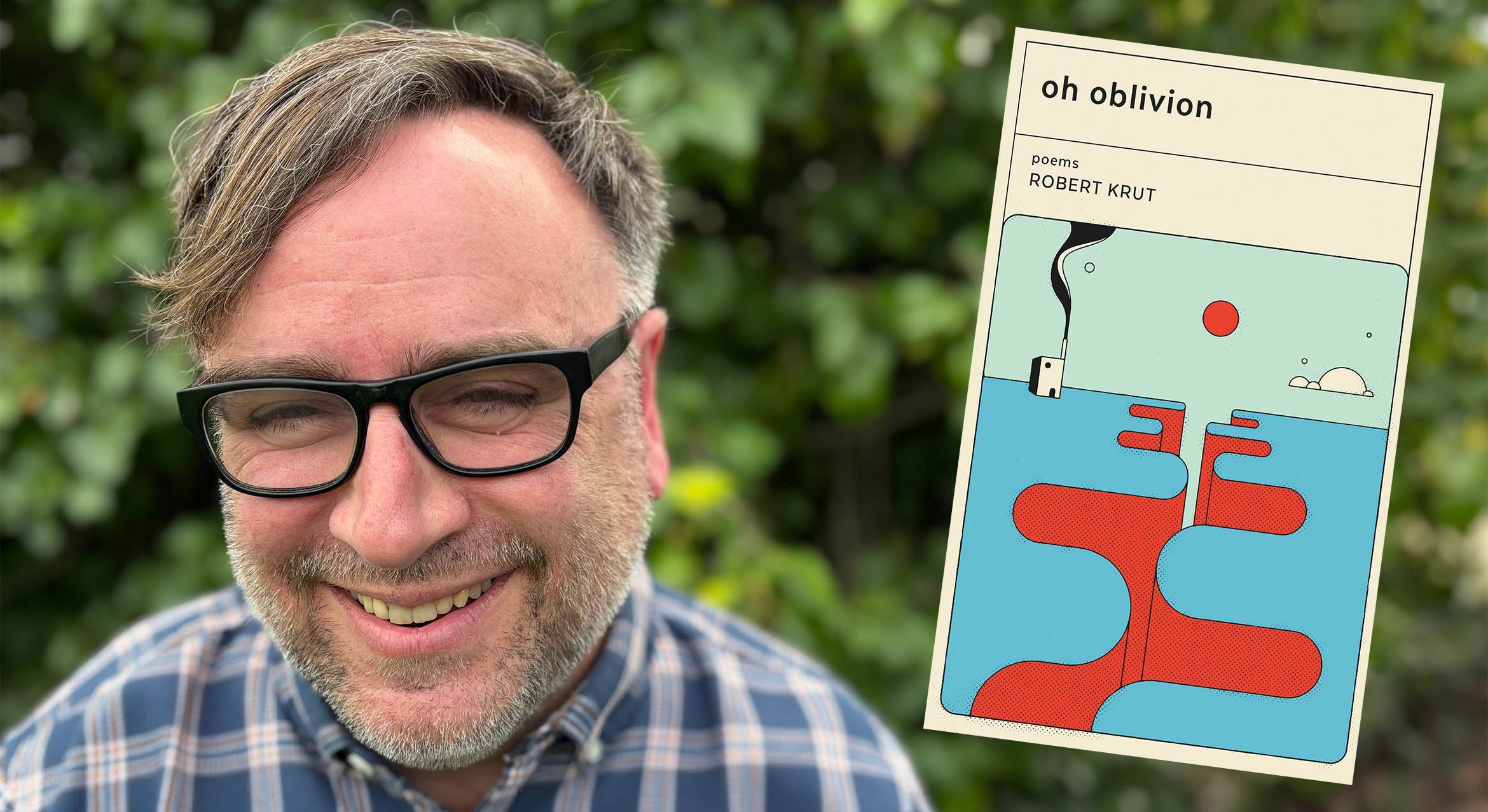Impossible Things
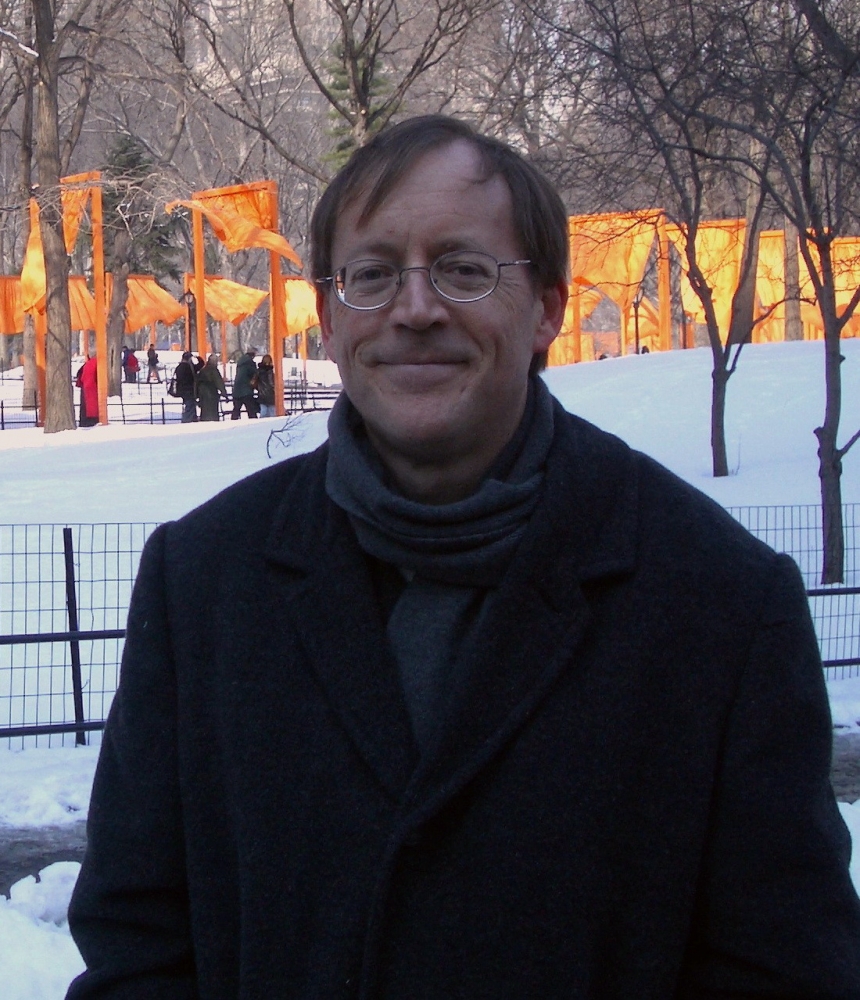
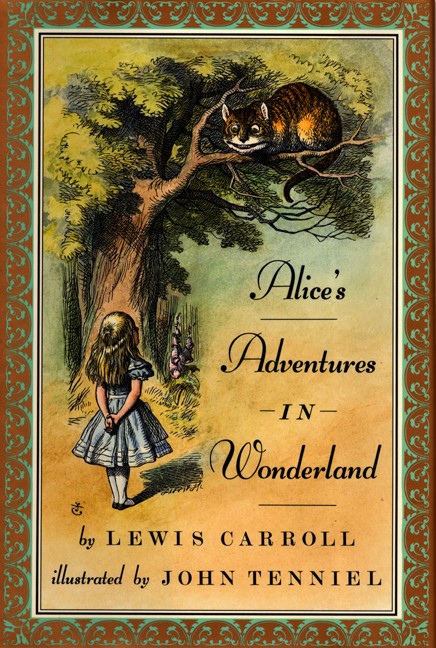
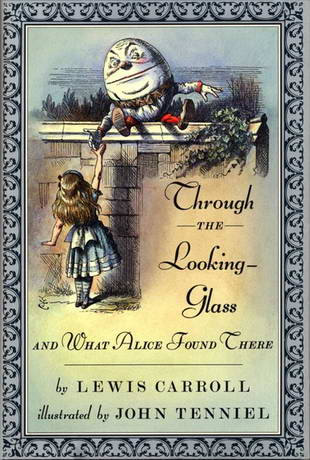
Sometimes, all you have is a good title. This was the challenge that faced Jeffrey Stopple as he planned his curriculum for the fall 2015 quarter. “The title just sort of popped into my head, and I don’t know why,” he explained, describing his course, “The Mathematics of Alice in Wonderland.” Stopple had not picked up the book since he was in middle school, and only vaguely remembered that there had been perplexing riddles and mysteries in the story. He did not know exactly what he was going to teach, but he felt compelled to turn his title into a fully realized class.
The seminar, for 23 undergraduates currently enrolled in the College of Letter and Science Honors Program at UC Santa Barbara, unpacks the mathematical concepts of paradox, self-reference, and incompleteness, using a well-known text as a way to elucidate complicated technical ideas. It does not, however, delve that deeply into actual math. “All you have to be willing to do is to think about puzzles and logic,” said Stopple, a UCSB professor of mathematics. No algebra required.
The Honors Program is designed to give undergraduates in the College of Letters and Science the opportunity to pursue their interests as part of a smaller community of scholars. Classes are more intimate, and focus on specialized topics that might not be covered in a broad introductory seminar. This academic year, 30 different, equally creative classes are offered to honors students.
Xiaojian Zhao, associate dean of undergraduate education at UCSB, described the rigorous standards of the program. “About 10 percent of first-year and transfer students are invited to join the Honors Program when they are admitted to UCSB,” she said. “Continuing students can apply after demonstrating academic excellence.”
The program, which requires its students to maintain a grade point average of 3.6 or above, allows undergraduates to work closely with peers and professors.
Going into curriculum planning, Stopple knew the classic Lewis Carroll novel, “Alice’s Adventures in Wonderland,” had been written pseudonymously by a mathematician (real name: Charles Dodgson) who had researched logic while at Oxford University in the 19th century. Stopple enjoyed the book, but he wasn’t sure he could make an entire seminar out of it.
“It’s a wonderful book,” he said of Carroll’s timeless work of the literary nonsense genre, which was first published in 1865 and is still read by middle- and high-school students today, “but it didn’t seem like there was anything there I could build a course around.”
The book celebrates its 150th anniversary this year, and has been reinterpreted countless times since its first printing. The story has been adapted into myriad movies, plays and comic books over the decades, and has influenced musicians as diverse as Tom Waits and Marilyn Manson. Stopple wondered if he had anything to add to the dialogue.
Then he found scholar and noted Lewis Carroll expert Martin Gardner’s “The Annotated Alice.” Published in 1960, the work details, in intricate and lengthy footnotes, many of the obscure references, mathematical concepts and elements of word play that can be found in “Alice’s Adventures” and its sequel, “Through the Looking Glass.”
Stopple said he thought he knew the books better than he actually did, and was surprised to find himself, like Alice herself, going “down the rabbit hole” into complicated footnotes and complex theories. What he eventually discovered was that central themes present in both books have clear mathematical applications.
The class is reading four chapters each week, with Stopple explaining a few of the prominent literary and contemporaneous references. Mostly, though, he talks about the applicable math theory in each section. For example, recently they discussed the mathematical theory of paradox, using an often-quoted conversation between Alice and the White Queen that appears in chapter five of “Through the Looking Glass.”
In the book, Alice says to the White Queen: “One can’t believe impossible things.” The Queen’s reply: “I daresay you haven’t had much practice. When I was your age…Why, sometimes I believed as many as six impossible things before breakfast.”
“Concerns about paradoxes, particularly those arising from self-reference, troubled many a logician in the early 20th century,” said Stopple. “If one statement is both true and false, then everything is both true and false.”
In the seminar, students learned about Russell’s paradox, discovered by philosopher and mathematician Bertrand Russell in 1901, which focuses on set theory and whether and how a set can or can’t be a member of itself. Take the following analogy, for example: “The barber is a man in town who shaves all those men — and only those men — in town who do not shave themselves.” Stopple explained, “When one thinks about whether the barber should shave himself or not, the paradox begins to emerge.”
Stopple is a seasoned pro at creating inventive courses for students from diverse sections of campus. In past years, he has taught interdisciplinary seminars for the Honors Program called “Mathematics and Origami” and “The Mathematics of Sudoku,” among others.
“Mostly it requires having a good idea, something that will show non-math majors a surprising connection to mathematics,” Stopple said of the skills necessary to conjure up such unique class offerings.
He added that he relishes the intellectually challenging discussions the smaller class environment allows. In return, he often gets unanticipated results from his students. Though he considers himself lucky to have both Carroll’s famous works and Gardner’s extensively annotated edition as his textbooks, he said of his current group of ambitious students, “I expect they will surprise me.”


